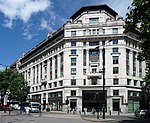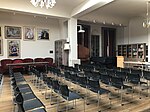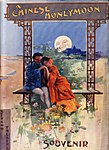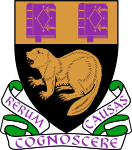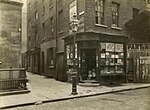Vere Street Coterie

The Vere Street Coterie were a group of men arrested at a molly house in Vere Street, London in 1810 for sodomy and attempted sodomy. Eight men were eventually convicted. Two of them were hanged (as per the then still extant sodomy laws promulgated by Henry VIII in 1534) and six were pilloried for this offence. Along with Oscar Wilde's imprisonment for a similar offence, this episode was one of the major events in gay history in England during the 19th century. The White Swan on Vere Street in London was established as a molly-house in early 1810 by two men, James Cook and Yardley (full name unknown). The club had been operating for less than six months when, on 8 July 1810, it was raided by the Bow Street police. Twenty-seven men were arrested, but the majority of them were released (perhaps as a result of bribes), and eight were tried and convicted. Six of the convicted men, who had been found guilty of attempted sodomy, were pilloried in the Haymarket on 27 September that year. The crowds who turned out to witness the scene were violent and unruly, throwing various objects (including rotten fish, dead cats, "cannonballs" made of mud, and vegetables) at the convicted men. The women in the crowd were reported as being particularly vicious. The city provided a guard force of 200 armed constables, half of them mounted and the other half on foot, to protect the men from even worse mistreatment. A man and a boy, John Hepburn (46) and Thomas White (16, a drummer boy), were convicted of the act of sodomy, despite not being present at the White Swan during the night of the raid. They were hanged at Newgate Prison on 7 March 1811. Vere Street Coterie is also known in connection with alleged same sex marriages there, performed by Reverend John Church. The history of the White Swan and the Vere Street Coterie were related by the lawyer Robert Holloway in The Phoenix of Sodom in 1813.
Excerpt from the Wikipedia article Vere Street Coterie (License: CC BY-SA 3.0, Authors, Images).Vere Street Coterie
Houghton Street, London Holborn
Geographical coordinates (GPS) Address Nearby Places Show on map
Geographical coordinates (GPS)
| Latitude | Longitude |
|---|---|
| N 51.513611111111 ° | E -0.11722222222222 ° |
Address
London School of Economics and Political Science (London School of Economics)
Houghton Street
WC2A 2AE London, Holborn
England, United Kingdom
Open on Google Maps
